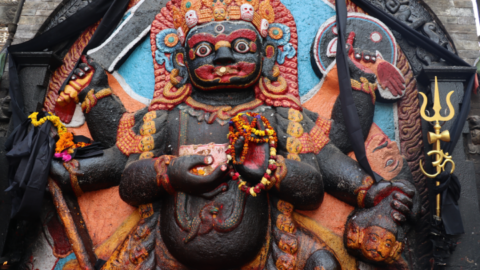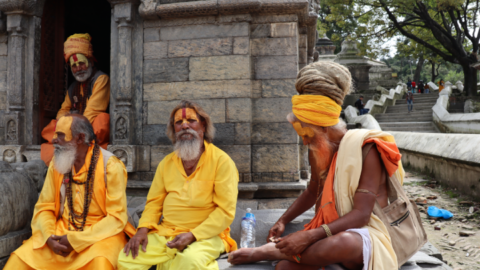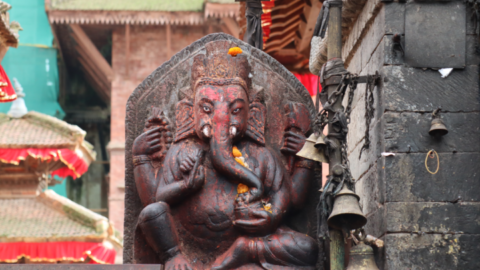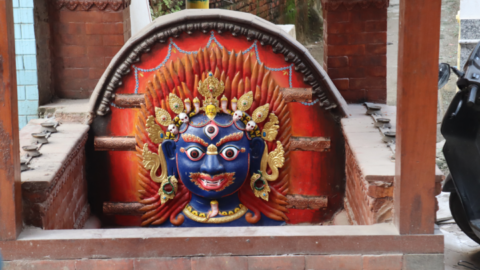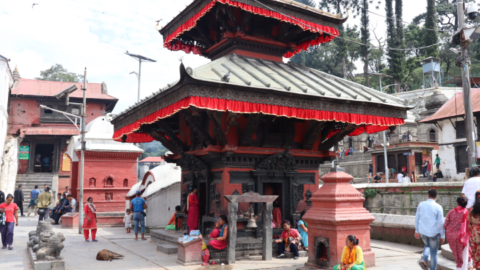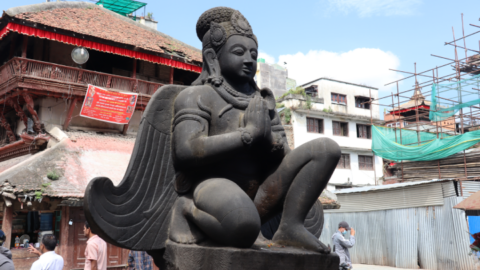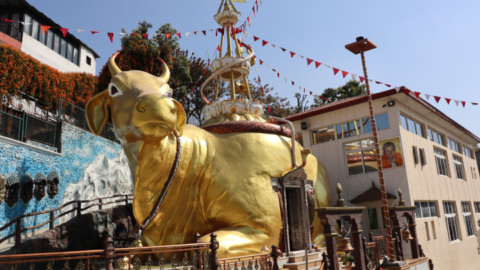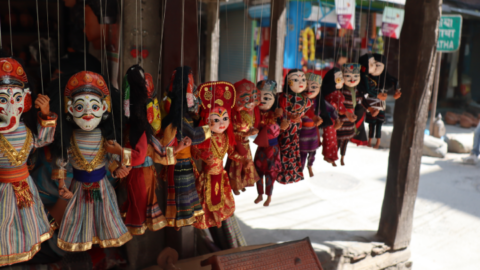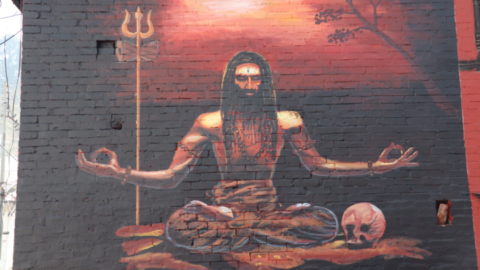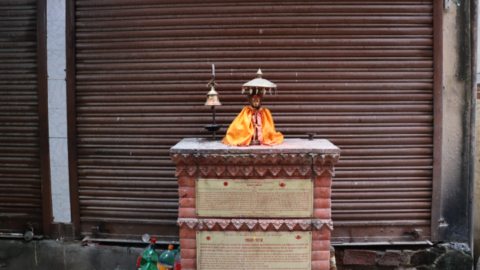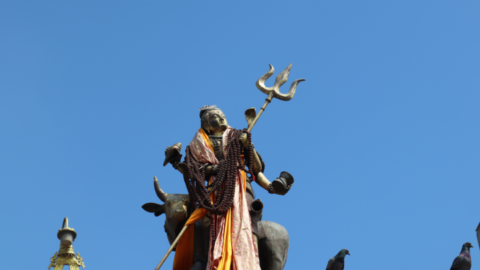Land of the Gods: Nepalese Hindu Deities in Pictures
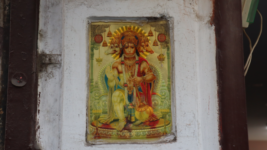
If ever a visitor in Nepal, one should be mindful that if you appear to be the first customer on entering a shop early morning, your subsequent actions have consequences for the rest of the store owner’s day.
If you buy, then many other customers will come and purchase too. But if you simply browse and leave without picking up anything, it will be a slow day of business ahead.
Other oddities about the Nepalese culture from an Australian perspective is that after handing over the cash to pay for your purchase, the shop owner might tap the money against their forehead over and over again, whilst reciting a little prayer, before even bothering to see to your change.
In our country, people refer to this as superstition. But in the majority Hindu nation of Nepal, wedged between India and China, it’s just the spiritual nature of being.
Indeed, unlike Western nations which have seen a steady move away from religion and spirituality, religion pervades every aspect of life in Nepal, from shopping to eating to clothes worn and to the decorating of houses.
And representations of deities are ever-present in the Kathmandu streets. It’s common to find a temple in most major thoroughfares. It’s rare to find a road without a small shrine honouring one of the millions of Hindu deities, and it’s impossible to walk without seeing at least one image.
Sydney Criminal Lawyers was on the ground in the Land of the Gods to capture some of this divine presence.
